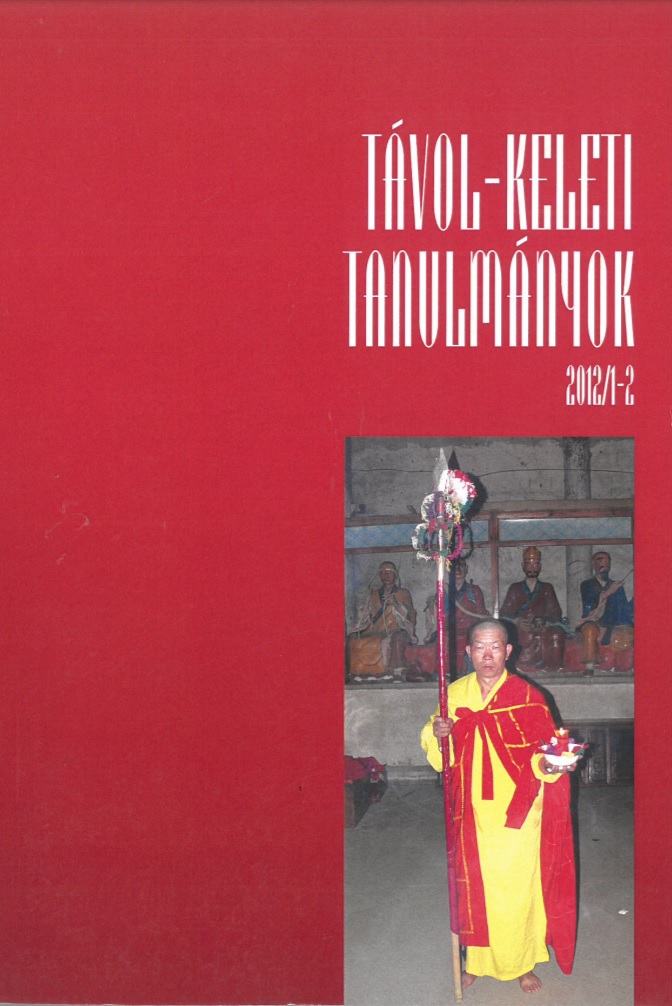Mulian pokoljárása a tengchongi Tíz Király ünnep során: A case study of the Ten Kings festival in Tengchong county, Yunnan
Published 2014-09-03
How to Cite
Copyright (c) 2014 the author(s)

This work is licensed under a Creative Commons Attribution-NonCommercial 4.0 International License.
Abstract
One of the main results of my fieldwork in 2012 in Yunnan was the discovery of a complete corpus of old filial texts that I call “Baoen package” (Baoen zhen jing 報恩真經, Da Fangbian Fo Baoenjing 大方便佛報恩經 and Mulian jiu mu 目連救母), and that I collected in a number of forms and varieties of it. These texts are mostly connected to the sujiang 俗講 literature form. They are still in use during funerary rituals and secondary death rituals, and are performed by local Buddhist masters. The aim of this paper is to give a “thick” description of a seven days long death memorial ceremony, the Ten Kings Festival, with special reference to the relationship between text and performance. The main rituals of this festival are connected to the Mulian jiu mu. The festival centers on searching for the dead, inviting them to eat and drink, purifying them, expressing filial piety towards them and sending them off. During the associated journey rituals the lay believers, with the guidance of the
specialist personifying Mulian and aided by several other specialists reciting the textual corpus, re-enact the events described in the sutras. Evocation of the events and of the context is further aided by pictorial illustrations representing the Ten Kings of Hell, by ground drawings of the levels of Hell and by papermache figures representing figures of the sutras. In my conclusion I raise the question of how and in what way the study of present day ritual performances could throw light on the use and function of old, medieval texts.
